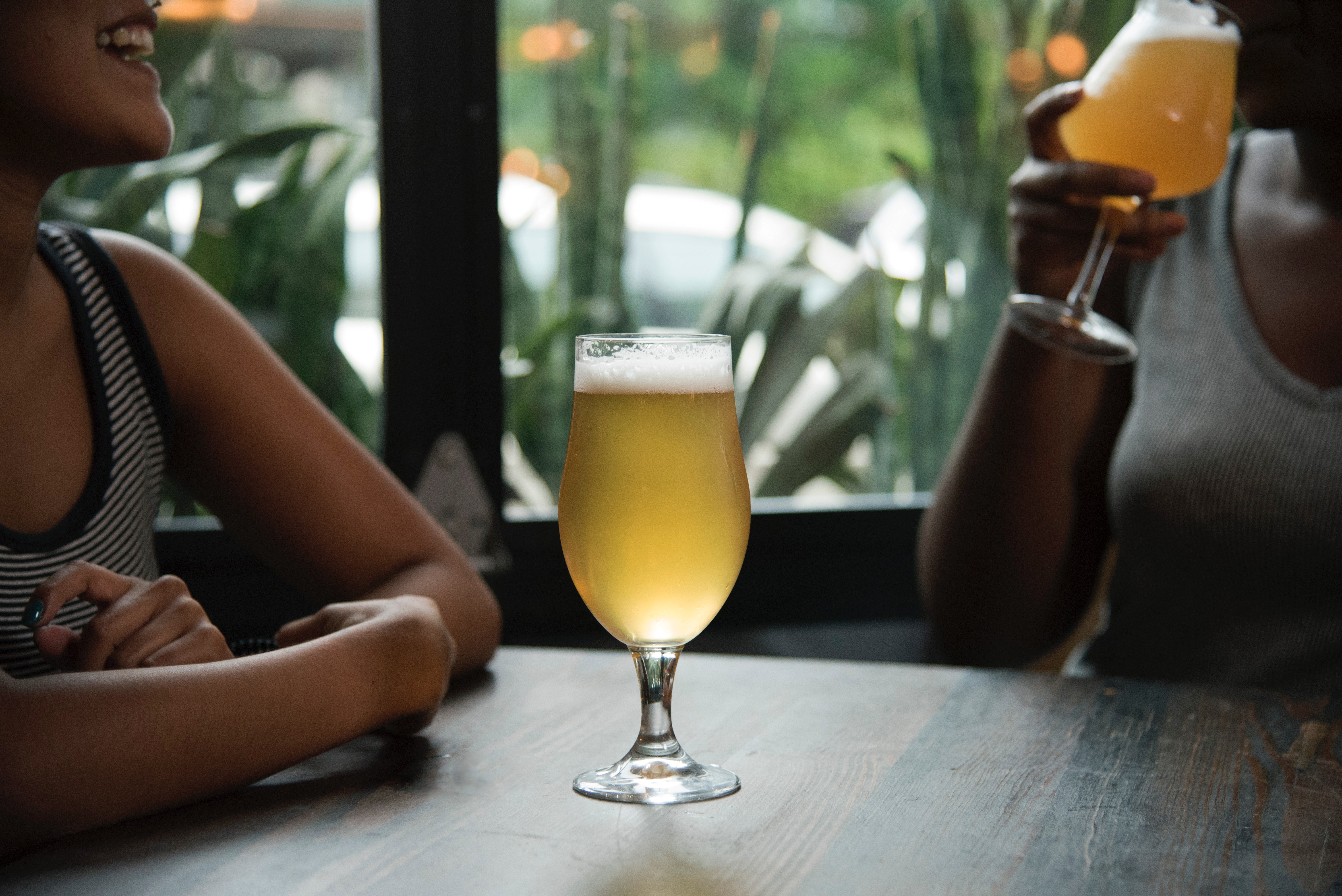Want to see my lunch box?
Exhibit at Lexington’s National Heritage Museum through July 18 opens up memories
The concept of a portable lunchbox came about in the early 1900s, during the American Industrial Revolution, when factory workers were too far from where they lived to get home for lunch. The earliest containers were often reused metal boxes that originally contained products such as cut tobacco, biscuits, or lard. Some of the very first patented lunchboxes had nestling layers and built-in drink pots. Others folded up to pocket size when not in use. As time passed and children began to attend larger schools further from home, they too began to carry homemade lunches in similar recycled containers.
At first, few attempts were made to create anything more than just a leak-proof container to hold a quick meal. Occasional attempts to decorate and market lunchboxes did not really catch on until the post-World War II era when there was a feeling of prosperity in the air and Baby Boom families began to populate suburbia. But the biggest surge of lunchbox use came during the 1950s and 60s when illustrations of favorite television characters were plastered on the square tin boxes. Every self-respecting kid had to sport an image of his or her hero whether it was Hopalong Cassidy, Superman, or Annie Oakley. More than 2 million lunchboxes were sold in 1959 alone.
The National Heritage exhibition is set up both chronologically and thematically. At one point in history, these boxes were dominated by Westerns. Pictures of Roy Rogers and Dale Evans vied for popularity with the Lone Ranger, Wild Bill Hickok, and even their own horse, Trigger. To keep the public buying new lunchboxes, the two major companies, Thermos and Aladdin, began to feature cartoon characters like Popeye, Yogi Bear, and Fat Albert. They had discovered that these “lovable” creatures had more staying power than actual humans with all their foibles. The interest in lunchboxes became so dominant that the food industry began to create products specifically designed to fit into these ubiquitous metal boxes, fostering the birth of the “Snak Pak.”
To keep up with the times, the ‘60s boxes were covered with psychedelic images of “Flower Power” along with pictures of the Fab Four and the cast from “Laugh-In.” One domed box was even decorated in imitation of a Volkswagen bus. The next step was to forge commercial tie-ins with blockbuster movies like “Star Wars” and “Indiana Jones” as well as highly rated TV shows such as “Mod Squad” and others. But popular interest in metal boxes had already begun to fade. Everything was going along just fine until the age of plastic arrived. The once highly sought after tins reverted to simple two-piece containers with no graphics. Today the noonday meal is most often found snuggled in those puffy insulated fabric bags. The day of the fun lunchbox ended ominously in 1984 with the appearance of a camouflaged metal box featuring Sly Stallone as Rambo.






